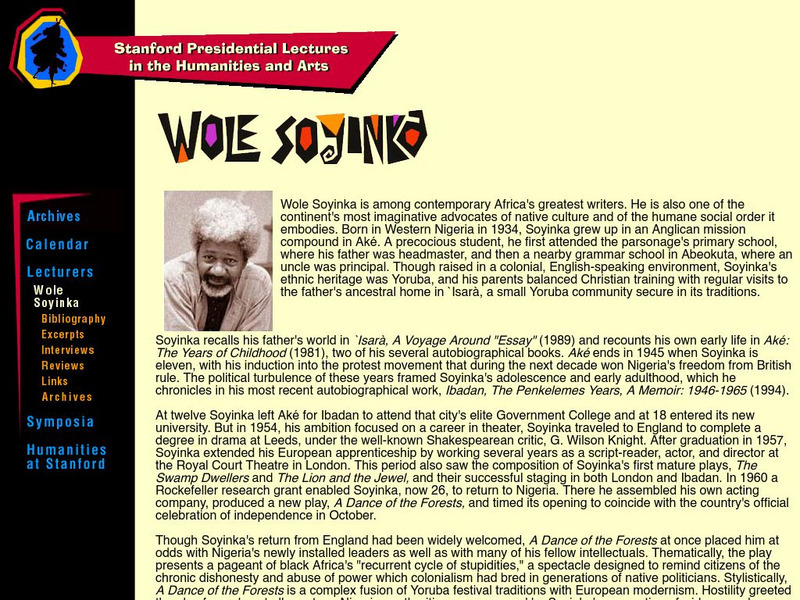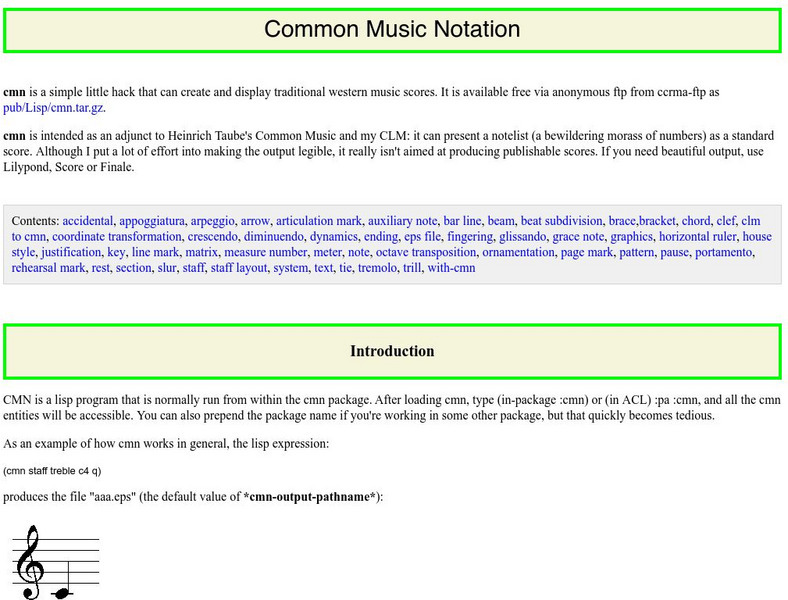Hi, what do you want to do?
Stanford University
Observing Human Rights Day
How much intervention is appropriate for America to take in cases of human rights violations? Class members ponder a question that has lingered since the birth of America with a series of primary sources that reflect the degree to which...
Stanford University
Civil Rights or Human Rights?
Young citizens consider the American civil rights movement as part of the global struggle for human rights. After using a timeline activity to learn about the major events in the civil rights movement, class members study...
Stanford University
A Healthy You
Go beyond counting calories with a healthy eating unit that focuses on reading nutritional labels, making healthy choices, and incorporating fitness into daily life. After four lessons about the different ways kids can improve their...
Stanford University
Declaration of Independence
Scholars work in pairs to decide whether leaders wrote the Declaration of Independence for the rich and powerful or for every man. To draw their conclusion, pairs read excerpts from two historians and complete a graphic organizer...
Stanford University
Ruby Bridges
A two-part lesson features Civil Rights hero, Ruby Bridges. Part one focuses on the heroic actions of Ruby Bridges then challenges scholars to complete a Venn diagram in order to compare themselves to her. Part two begins with a...
Stanford University
Lesson Plan: The Children's Crusade and the Role of Youth in the African American Freedom Struggle
Young people played significant roles in the Civil Rights movement. Class members examine the contributions of Barbara Johns, Claudette Colvin, Mary Louise Smith, and the children of Birmingham,...
Stanford University
Letter from Birmingham Jail: The Power of Nonviolent Direct Action
What strategies are most effective in changing an unjust law? Class members examine the tactics used in the Birmingham Campaign of 1963 (Project C) to achieve social justice and social transformation. After examining documents that...
Stanford University
Lesson Plan: Montgomery Bus Boycott
Most of us have heard of Rosa Parks, the Montgomery Bus Boycott, and Martin Luther King, Jr. But what about Claudette Colvin, Virginia Durr, Freedom Summer, or the Birmingham Children's Crusade? A five-lesson unit prompts class...
Stanford University
Beyond Vietnam
On April 4, 1967 Martin Luther King, Jr. delivered his speech "Beyond Vietnam." The controversy that followed is the focus of a three-activity unit that asks class members to consider the political and social implications of King's...
Stanford University
Martin Luther King, Jr. and Malcolm X: A Common Solution?
Much has been made of the differences between Martin Luther King, Jr. and Malcolm X. But was there any common ground between them? Class members reconsider what they think they know about these two civil rights leaders with...
Stanford University
Voices of the Struggle: The Continual Struggle for Equality
As part of a study of the Civil Rights Movement from 1868 to the present, class members examine first person narratives, the Supreme Court case Brown v. Board of Education, and other significant events in civil rights history....
Stanford University
Solstice and Equinox Season Model
How can December 21 be the shortest day of the year when all days are 24 hours long? Pupils see how to build a model showing the differences between winter and summer solstices and equinoxes. Using this model, classes can then discuss...
Stanford University
Corroboration
How do historians corroborate the information in a primary source document? They use the questions features on this poster!
Stanford University
Contextualization
Part of a series of posters designed to be used with a unit fostering the skills needed to read like a historian, this template models the questions researchers need to ask to contextualize a primary source document.
Stanford University
Sourcing
What questions do historians ask when sourcing a document? Here's a poster that models these questions.
Stanford University
Close Reading
Here's a poster that highlights the skills needed for the close reading of primary source documents when gathering evidence to support historical claims.
Stanford University
What Is History?
Five important tenets of any social studies class are available for young historians with a poster that defines history as an account of the past. It encourages learners to question reliability of an author's perspective, as well as...
Stanford University
Solar Folklore
Folktales from many cultures around the world about the sun. There is also information available about ancient astronomy.
Stanford University
Stanford Cs Education Library: Essential C
A summary of the basic features of the C programming language.
Stanford University
The Daily Martian Weather Report
Brought to you by the Mars Global Surveyor Radio Science Team. Photos, charts and weather reports on the Martian atmosphere. Includes an education outreach program for students and teachers.
Stanford University
Stanford University/wole Soyinka
This biography of Wole Soyinka includes links to interview excerpts, reviews on his books and excerpts from his works.
Stanford University
Stanford Univ/gravity Probe B/relativity Q&a
Click "Relativity Q & A". Over 200 questions and answers dealing with relativity (special and general), answered by NASA scientist Dr. Sten Odenwald. Answers are generally one paragraph, very clear and coherent.
Stanford University
Ccrma: Common Music Notation
This resource features information on notes, rests and many, many other basic music theory examples.
Stanford University
Stanford University: Discovering Charles Dickens
A well-researched resource from Stanford University, detailing the life and works of author Charles Dickens. Includes full texts of several archived novels, as well as a new section on Dickens' 1854 novel Hard Times.




























